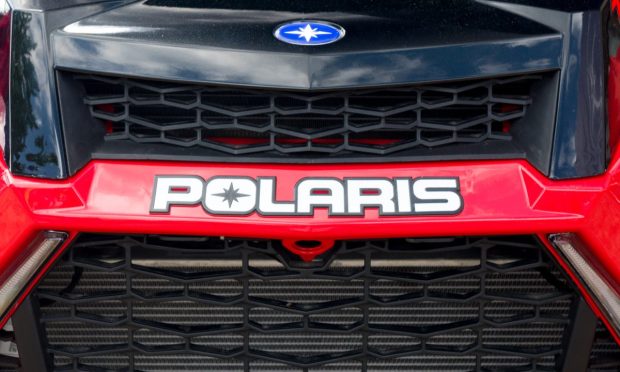Connectivity Adds Greater Utility to Powersports Vehicles

When you’re working or enjoying exploring areas far from paved roads and cities, it’s good to know where you are, where your vehicle is and how much fuel or electric charge it has.
With that and other benefits in mind, powersports manufacturer Polaris is going to make a growing number of its motorcycles, snowmobiles and utility task vehicles (UTVs) connected. The company announced during a Feb. 24 Analyst and Investor Meeting that it plans to make its Ride Command+ connected technology available across most of its powersports models by 2026.
“We look at technology as an enabler to solve a problem for a customer,” Polaris CEO Mike Speetzen said during the event.
Seeing Benefits for Owners and the Manufacturer
The company recently launched its first vehicle equipped with its connected technology, an all-electric UTV called the Ranger XP Kinetic.
The new suite of connected technology builds upon the experience Polaris has gained with its Ride Command, a head unit that uses GPS and a Bluetooth connection to a smartphone, and its Ride Command app, which can be loaded on an iPhone or Android device.
There are currently 250,000 Ride Command head units in use. Thirty percent of the vehicles the company sells are equipped with it, and that percentage is increasing every year. The Ride Command app has 1 million subscribers.
“As we looked at connected, we looked at it really through two lenses: What does it mean for the customer and what does it mean for us,” Speetzen said.
Identifying New Use Cases
For customers, Ride Command+ shows their location on a map, the location of their vehicle when they are on foot, updates on maintenance issues and vehicle diagnostics. For those with electric vehicles, it shows current battery status, remaining charge time, available range and the distance back to a charging station.
The company noted that these features help owners find their way back to their vehicle and plan ahead for their ride. Speetzen said that even when the vehicle is a thousand miles away, the owner can see if it’s charged or has enough fuel, if it has a flat tire or if it’s been stolen.
“Those are just a few use cases, and as we continue to put connected out there, we’re going to learn more and more and more, and we’re going to be able to adapt,” Speetzen said.
Learning How to Improve the Products
For the company, connectivity will allow it to learn more in real time about how people are using the products, what warranty issues they are running into and what improvements the company could make.
“We see a lot of that after the fact, but it goes through our service network, and we may or may not find [out] about it,” Speetzen said. “This will provide us a lot more real-time data that we’ll be able to synthesize and understand.”
While the majority of Polaris models will have the capability to be connected by 2026, Speetzen noted that not all owners will choose to add connectivity. The owners of base models may not need it, but the owners of higher-end vehicles with more complicated equipment will benefit from technology, over-the-air updates and protecting the investment they have in the vehicle.
Aiming to Be the Industry Leader in Connected Vehicles
In a presentation released along with the event, Polaris said it aims to be the industry leader in the connected vehicle experience. It added that connected vehicles and electrification present an opportunity for competitive advantage in current markets, new use cases that expand the addressable market and transformed ride experiences that attract new customers.
“It is a priority for us that between connected and electrification, we are putting ourselves in a position to build a competitive advantage and really leverage that into the future,” Speetzen said during the event.
